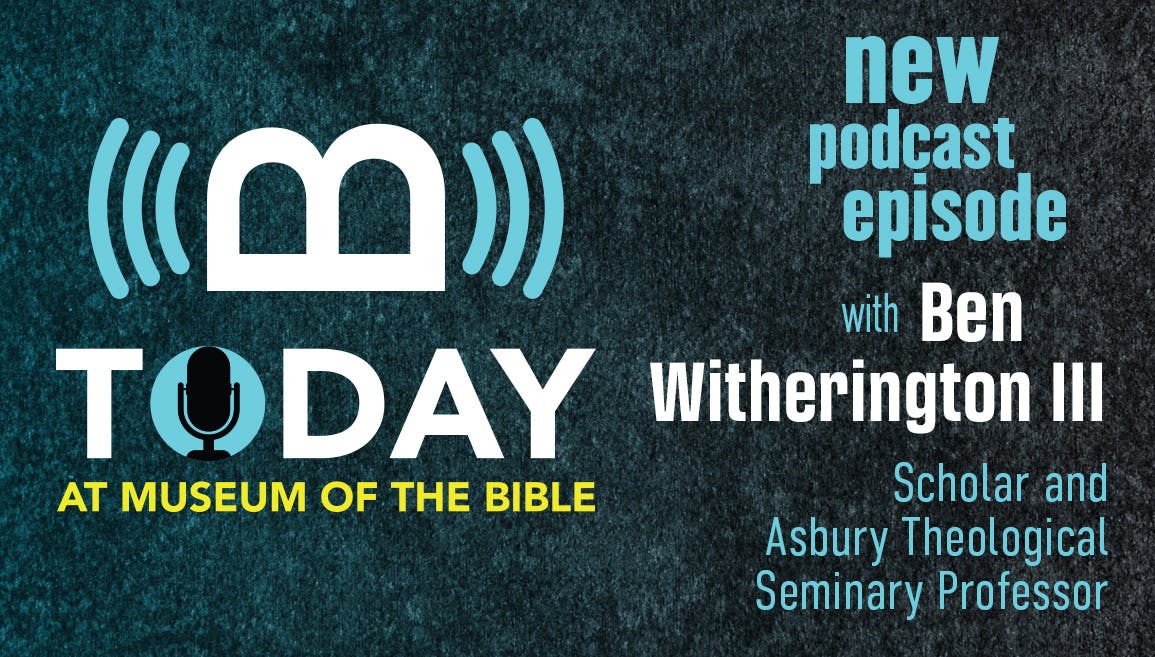Astronomy, Calendars, and the Date of Easter
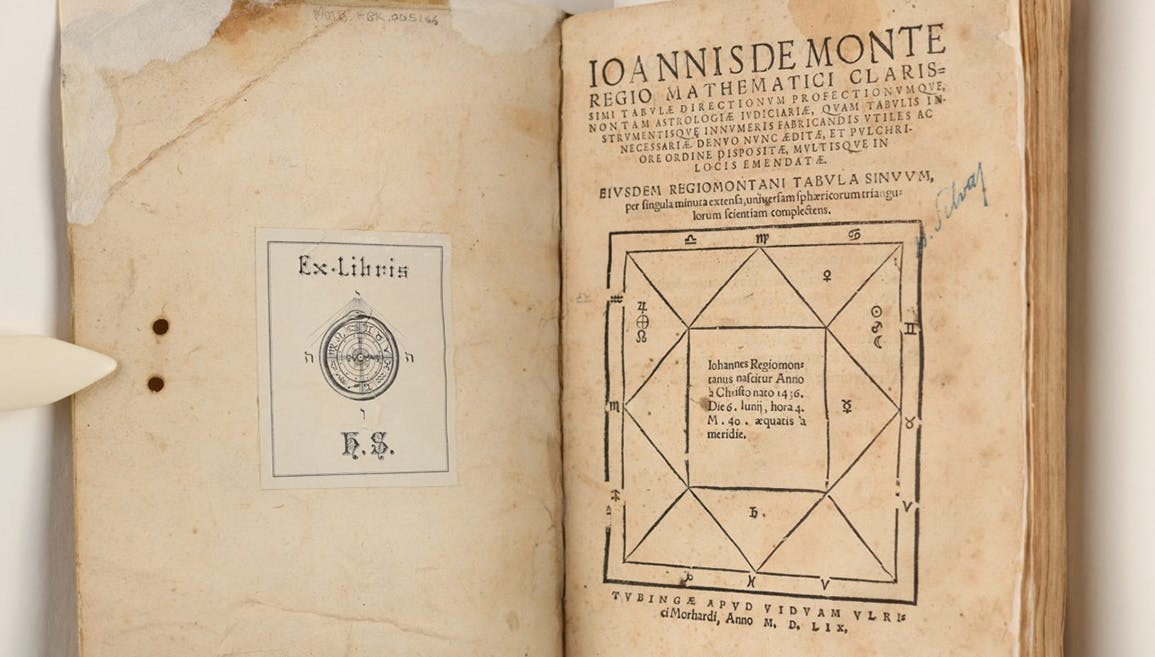
Throughout the sixteenth and seventeenth centuries, a debate raged among European astronomers about the relative motion of the sun and the earth. Did the sun revolve around the earth, as everyone had previously assumed? Or, to the contrary, did the earth revolve around the sun? This latter novel theory, known as heliocentrism, elicited a wide variety of scientific and religious objections from supporters of the traditional view. Today, nearly everyone remembers one infamous episode from this debate: the condemnation of Galileo. Some supporters of the traditional view, although certainly not all, believed heliocentrism contradicted biblical passages such as Joshua 10:12, Psalm 96:10, and Psalm 104:5. In 1633, these religious objections boiled over at the trial of Galileo. Heliocentrism was condemned as heretical, and Galileo was confined to his home.
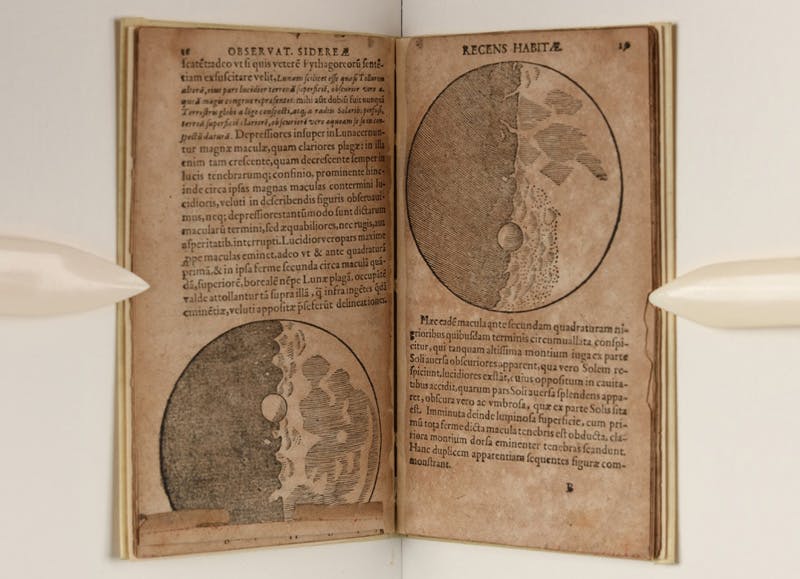
Figure 1: Illustrations of the craters on the moons observed by Galileo with his newly invented telescope. This book, Sidereus nuncius (Starry Messenger), played a role in Galileo’s first trial in 1616, a prelude to the more significant conflict in 1633.[1]
The story of Galileo’s condemnation has convinced many people that Christianity and science stand in conflict, but historically, this has rarely been the case. For centuries prior to the Galileo affair (not to mention in the century after it), the church provided much of the financial support for the study of astronomy in Europe. Many astronomers, like the Dominican Ignazio Danti, were members of religious orders, often holding ecclesiastical positions and receiving their living wages from the church. Cathedrals were frequently used as observatories, as their towers provided the necessary height for astronomical instruments like meridiane, which measured the precise angle of the sun throughout the day. Danti, for instance, fixed an armillary sphere and quadrant, instruments used for his astronomical observations, to the walls of the Basilica of Santa Maria Novella in Florence that remain visible today.[2]
While the church offered broad support to many forms of premodern science, from natural history and geography to anatomy and medicine, it was particularly interested in astronomy due to complications with the date of Easter. The date of Easter is based on the Jewish calendar, a lunisolar calendar that incorporates not only the relative position of the sun (like our modern solar calendars) but also the phase of the moon. As a result, it does not occur on the same date every year. It is a floating holiday like Thanksgiving rather than a fixed holiday like Christmas. Historically, it is celebrated on the first Sunday following the first full moon following the March equinox, the day on which the subsolar point crosses the equator from the southern to the northern hemisphere, and the hours of daylight and darkness are exactly equal.[3]
To prepare for Easter celebrations and ensure the Christian world celebrated Easter on the same date, the church had to calculate and promulgate this date years in advance, rather than simply watching the skies and waiting for the equinox and full moon to arrive. This is easier said than done. The March equinox does not occur on the same date every year, and the calendar year does not contain a whole number of moon cycles or weeks, meaning neither full moons nor Sundays occur on the same dates from one year to the next. Moreover, the Julian calendar—the dominant calendar in the Western world prior to the introduction of the modern Gregorian calendar—was fractionally incorrect about the length of the year, and as the centuries passed, the calendar year grew progressively out of sync with the solar year. Due to these complications, the calculated date of Easter and the actual date of Easter (based on the visual observation of the equinox and full moon) frequently diverged. By the ninth century, the calculated date of the equinox was off by nearly four days and the date of the full moon was off by one and a half days. Small errors like these with the equinox or full moon could lead to massive errors with Easter. In 1276, 1345, 1356, and 1424, the calculated date of Easter was off by one month or more, and in other years it was off by several days or weeks.[4]
The solution to these problems involved not only a more precise measurement of the length of the moon cycle and solar year but also a new calendar based on these measurements. Over the centuries, many astronomers and mathematicians devoted themselves to this task. The greatest astronomer of the Middle Ages was Johannes de Sacrobosco (ca. 1195–ca. 1256). His De sphaera mundi (On the Sphere of the World) served as the foundational text on astronomy for many centuries.
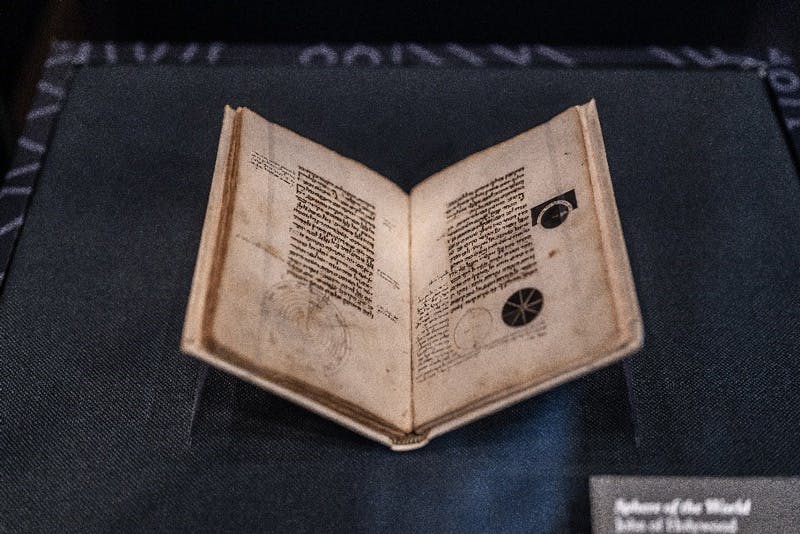
Figure 2: A Hebrew translation of Sacrobosco’s De sphaera mundi, currently on display in the Museum of the Bible’s Scripture and Science exhibition.[5]
In another work, De anni ratione (The Calculation of Years), Sacrobosco examined the calendar and the date of Easter. He proposed dropping days from the calendar whenever necessary to keep the vernal equinox on March 21, thus limiting variations in the date of Easter to the more minor fluctuations caused by the phases of the moon and the occurrence of Sundays.
Two hundred years later, the great fifteenth-century astronomer Johannes Müller von Königsberg (1436–1476), commonly known as Regiomontanus, began his work on a revised calendar at the behest of Pope Sixtus IV. Unfortunately, he died unexpectedly before his calendar was complete.

Figure 3: Regiomontanus’s Tabulae directionum profectionumque (Tables of Directions and Profections), containing some of his early calculations that impressed the astronomical and astrological community, is on display in Museum of the Bible’s Scripture and Science exhibition.[6]
A century after Regiomontanus, a Jesuit astronomer named Christopher Clavius began his own work on a new calendar. Clavius was a renowned astronomer and mathematician who wrote a famous commentary on Sacrobosco’s earlier work, a treatise on the astrolabe, and other influential texts.
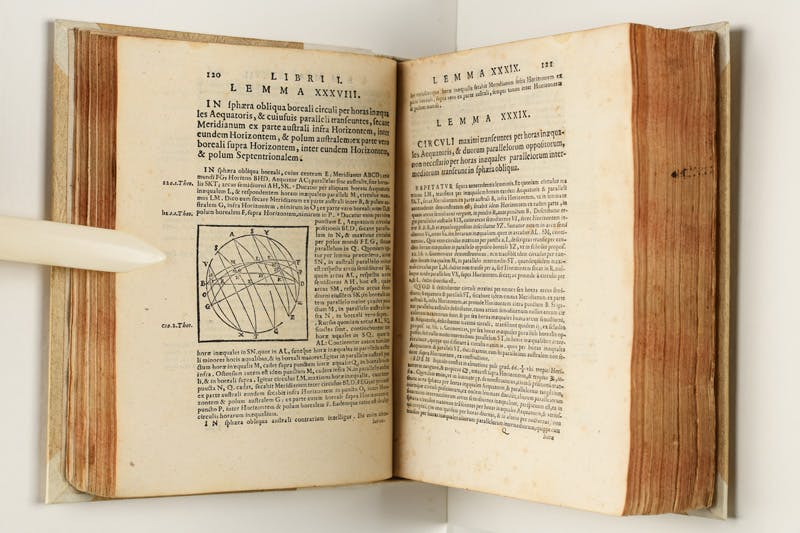
Figure 4: Clavius’ Astrolabium, a treatise on the astrolabe, is on display in Museum of the Bible’s Scripture and Science exhibition.[7]
Clavius brought centuries of work on the new calendar to a conclusion with the introduction of the Gregorian calendar in 1582—the calendar we still use today. In addition to correcting the length of the solar year, the Gregorian calendar simplified the date of Easter by introducing an artificial ecclesiastical equinox that would not be subject to the same variety as the natural March equinox. Throughout this entire ordeal—from antiquity to the early modern period—the church and the astronomers worked hand in hand toward a common solution. From this broader vantage point, the contentious Galileo affair looks like an exception rather than a rule regarding the relationship between religion and science.
By Wes Viner, Associate Curator of Early Modern Bibles and Religious Culture
1. PBK.003371, Museum of the Bible, 16–17.
2. See J. L. Heilbron, The Sun in the Church: Cathedrals as Solar Observatories (Boston: Harvard University Press, 1999), 62–66.
3. See Heilbron, The Sun in the Church, 3.
4. See Heilbron, The Sun in the Church, 3–64, esp. 36–38.
5. Cod. Hebr. 56, fol. 5r, Austrian National Library. Image used with permission of the Austrian National Library.
6. PBK.005166, Museum of the Bible.
7. PBK.005189, Museum of the Bible.


